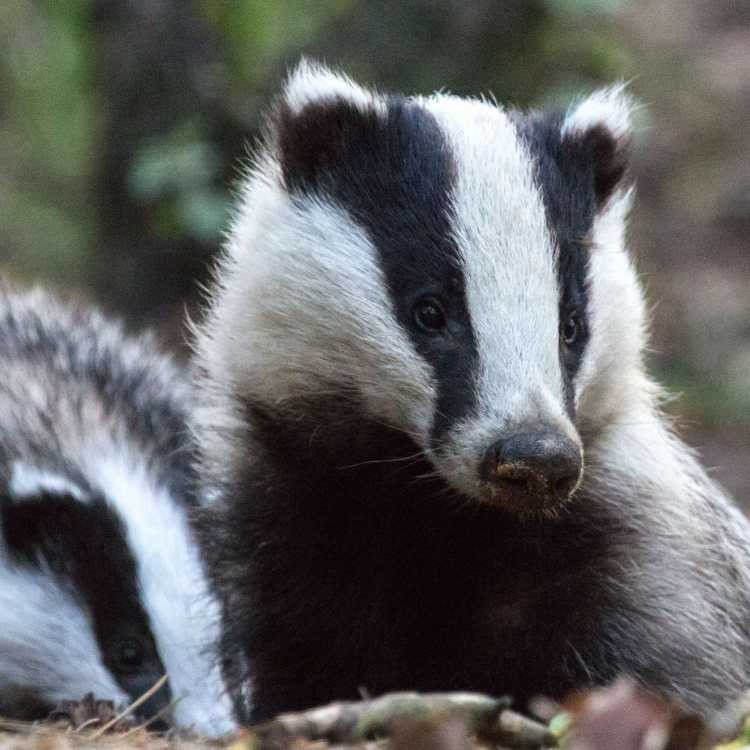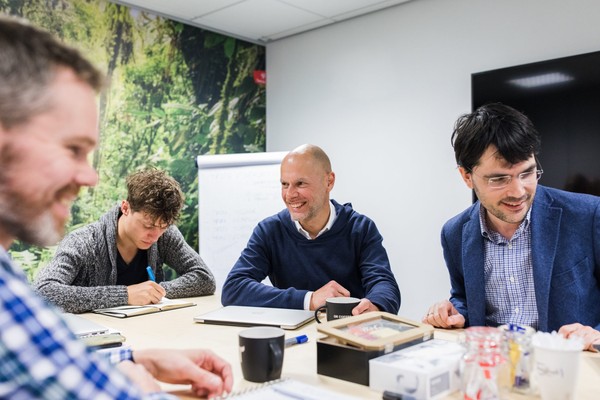AI facial recognition of badgers
Have you always wanted to spy on badgers? This is your chance!

The Dassenwerkgroep Twente is an active organization that focuses on three main areas: inventorying and monitoring the badger population, researching and protecting (orphaned) badgers, and advising and educating the public. Since 1980, the Twente region has seen significant growth in the number of badger burrows, from just one in 1980 to more than 300 in 2024.
Background
Counting badgers requires specific skills. Badgers often migrate and use various burrows. Methods such as direct observation of burrows, analyzing feces, and using camera images are crucial for obtaining an accurate estimate of the population. Recently, the University of Groningen (RUG) completed a doctoral program that significantly improved the identification of individual badgers through AI and facial recognition.
Issue
The Dassenwerkgroep Twente aims to utilize more of the visual material provided by volunteers and citizens through crowdsourcing in the future. However, the varying quality and techniques of these images pose a challenge. The group is considering developing a user-friendly app that can integrate with the advanced image and database of the RUG, which already utilizes facial recognition. Gerard Berendsen of DWT wonders if such an app could be developed to determine with certainty whether an observed badger is new or already known in the existing databases. If successful, the group intends to collaborate with a commercial partner to realize the concept. This issue may align well with the Computer Architecture for Embedded Systems, Data Management & Biometrics department, or as a biometric assignment.






